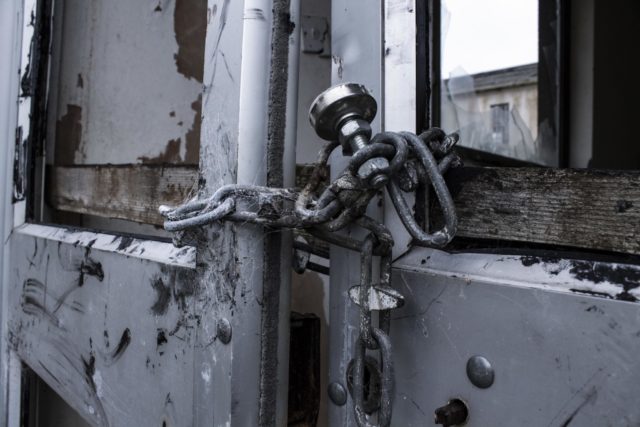Talgarth is home to the Mid Wales Hospital
#1
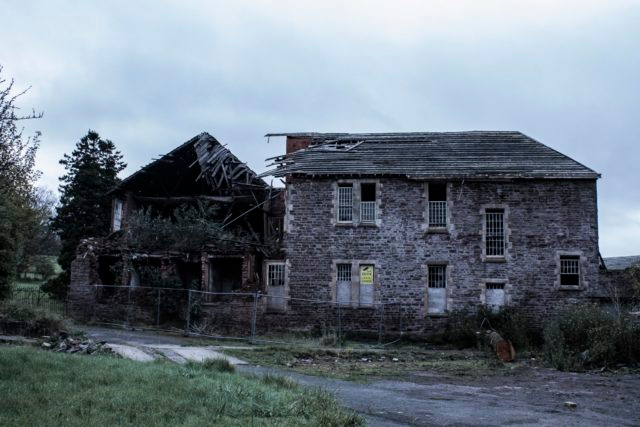
The Mid Wales Hospital, also known as the Talgarth Mental Asylum, is an intriguing abandoned facility in Talgarth, Wales. This psychiatric facility was operational for 97 years but is now closed.
The institution was originally known as the Brecon and Radnor Joint Counties Lunatic Asylum since it was intended to serve only inmates from Brecknockshire and Radnorshire. The hospital’s name was changed to Mid Wales Counties Mental Hospital in 1921 as it expanded to accommodate additional patients.
#2
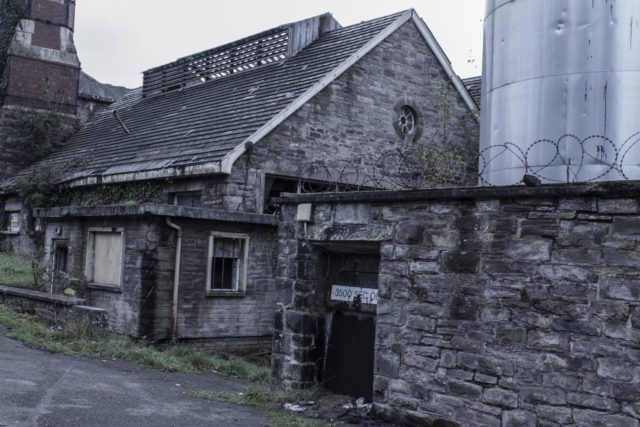
The original structure was built on a small arrow plan and was created by London architects. Its building cost £126,000 to complete. On March 18, 1903, a public opening ceremony was held.
Wards, workshops, canteens, kitchens, a bakery, and stores were all part of the hospital complex. In addition, eight acres of market gardens were planted to supplement the farm and agricultural estates, which all supplied food to the hospital. These grounds were maintained by the patients, who benefited from physical activity and fresh air while also helping to operate the hospital.
The Mid Wales Hospital was built to function as a self-contained facility. The asylum had its own water supply (from the Pwll-y-Wrach waterfall), power, heating, and sewage systems to do this. There were also workshops where patients were encouraged to generate money with their time, as well as a tailor, a shoemaker, and a bakery.
The hospital’s main structure included 12 departments, six for men and six for women, separated into two sections. The hospital was developed with a capacity of 352 patients in mind. However, by the end of1925, the hospital had grown to 455 patients, necessitating the addition of Wards 7 and 8, as well as an X-ray facility, to meet the increased demand.
#3
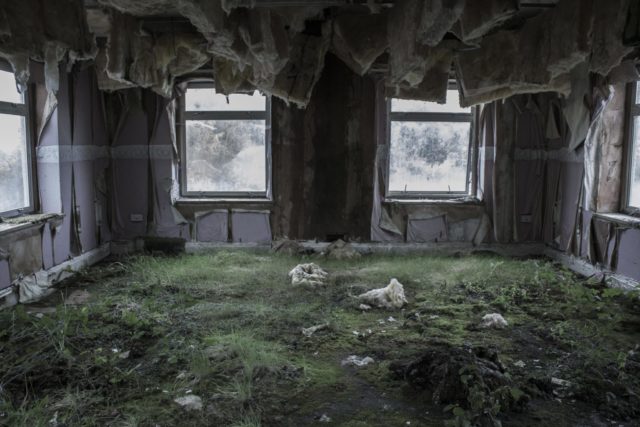
This surge in numbers was due to the fact that in the early years of the Mid Wales Hospital, anyone may be admitted with any disease as long as they were a Brecon County resident. However, following World War I, the institute began to admit patients from all over the world.
The hospital was designed so that those who were deemed “acute” patients were kept apart from those who were considered “calm” cases, in addition to being split by sex. Dementia, alcoholism, and epilepsy were among the illnesses that patients were hospitalized with.
#4
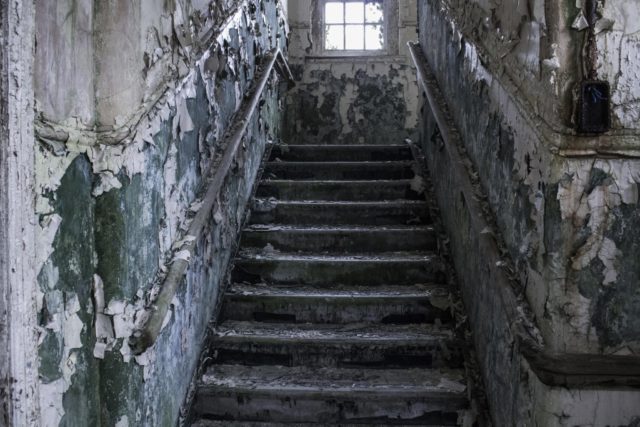
During WWII, 67 men and 48 women were transferred to the Mid Wales Hospital from Cardiff City Mental Hospital, which had been requisitioned as a military hospital. It was agreed in 1940 that the Mid Wales Hospital would also serve as a military hospital.
#5
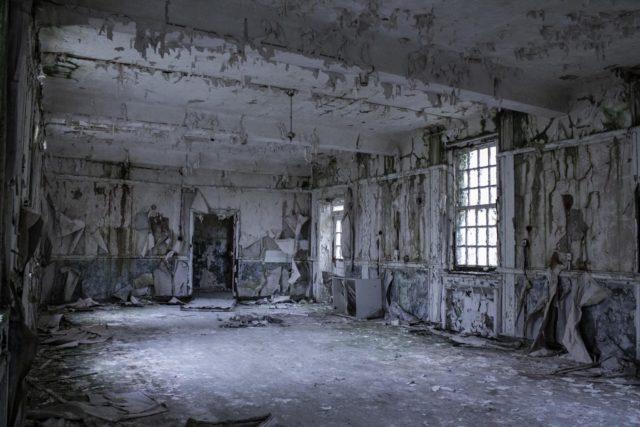
As a result, the majority of the existing patients were relocated to other mental institutions in Wales, and the hospital set aside around 300 beds for military usage. Later, it was converted into a prisoner of war hospital. When the war ended in 1947, the hospital resumed normal operations, accepting civilian patients once more.
#6
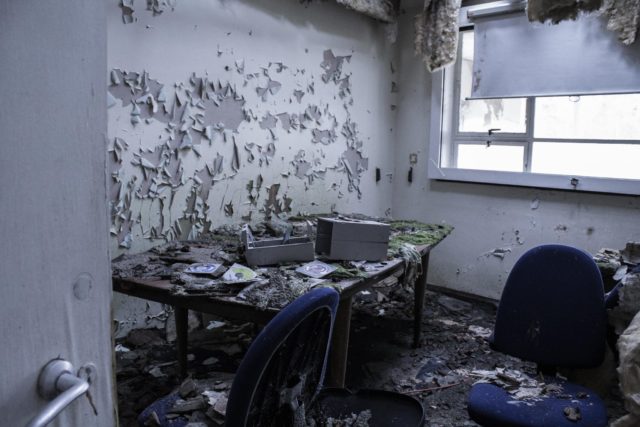
The Mid Wales Hospital became part of the National Health Service in 1948. The hospital was able to participate in art and occupational therapy developments thanks to the NHS, and it also became home to a nursing college and a drug misuse treatment facility.
The focus changed away from requiring patients to stay for an extended period of time and toward brief stays and rehabilitation. The hospital also provided services such as mental health treatment for the elderly, day care, reflexology, physiotherapy, and electroconvulsive therapy.
#7
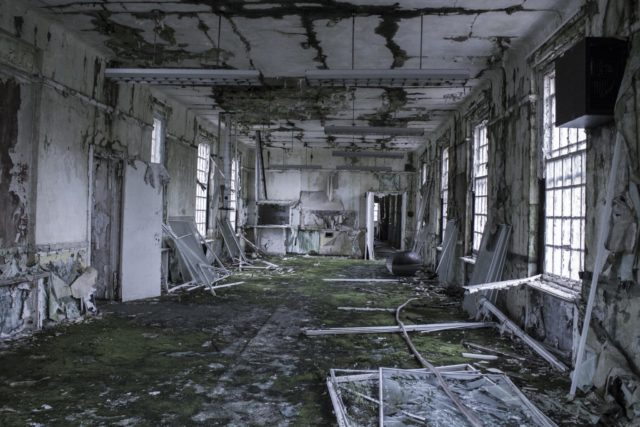
Previously, the hospital was segregated into male and female parts; however, once the NHS was established, all services were combined. At the end of 1955, the hospital had around 500 patients.
#8
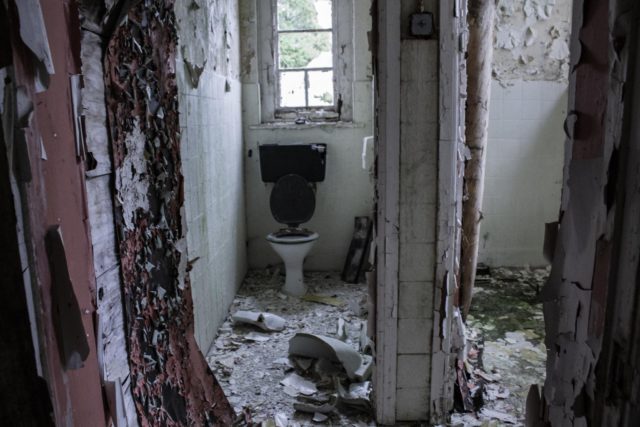
The farm was closed in 1955, and roughly 155 acres of farmland were auctioned off in 1957, with the further property going to the Forestry Commission. From 1961 forward, the hospital stopped producing its own electricity.
#9
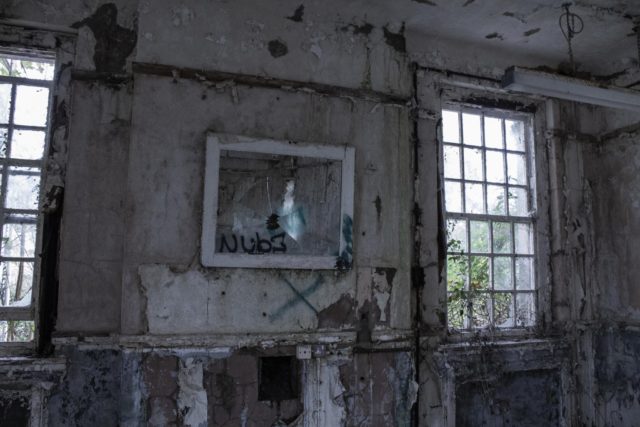
Due to a shift in government policy and a greater understanding of mental health, the necessity for psychiatric institutions in Wales has decreased over time. Instead of transferring mentally ill individuals to asylums, the focus shifted to assisting them in reintegrating into society.
Furthermore, better therapies and higher-quality care became more widely available, affecting the number of patients. Only 140 patients remained at the Mid Wales Hospital by 1994. The facility continuously deteriorated until it was ultimately closed in 2000. The rest of the patients were sent to different hospitals.
#10
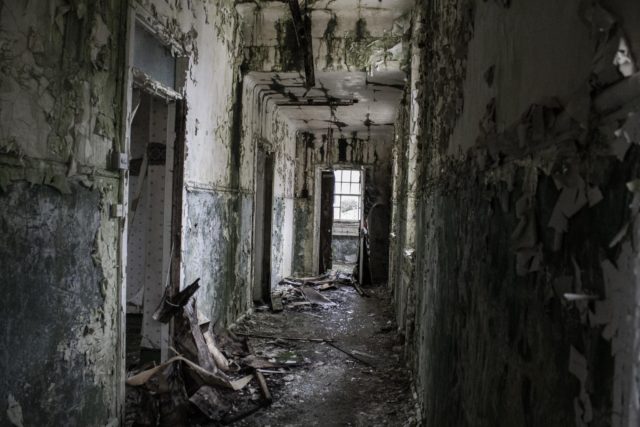
The hospital facility was sold for £227,00 to a former Chief Medical Officer when it was closed. The new owner intended to convert the buildings into industrial businesses and establish a business park. Local businesses moved in when some of the buildings were transformed, and the area became known as the Black Mountains Business Park.
#11
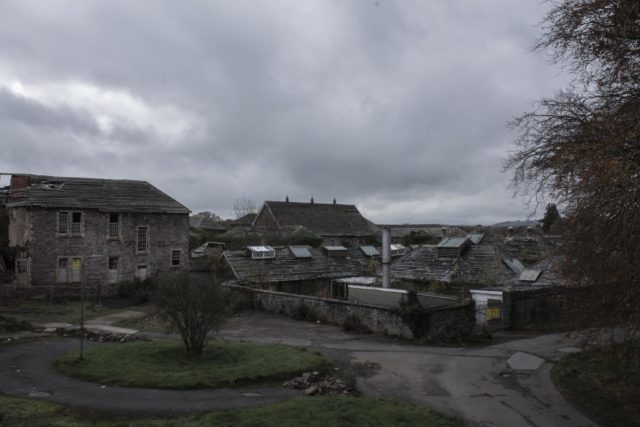
This commercial endeavor, however, did not last long. Because of the park’s remote location and the worldwide crisis, just a few enterprises survived by 2009. Following that, some of the structures, such as the gatehouse, were sold as separate land parcels.
#12
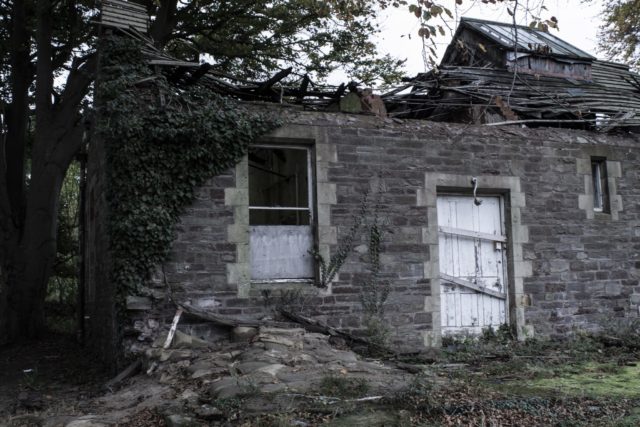
The entire site was put up for sale in early 2009. The structures, however, had already begun to decay and rot had set in, so there were no takers. Furthermore, when the business park went bankrupt, the original slate, estimated to be worth £1-2 million, was taken off the roofs. The structures deteriorated much more when they were exposed to the elements.
Instead, the abandoned hospital has become a popular destination for urban explorers, who have discovered items such as a piano and a prosthetic limb that were left there. The buildings are in a sad state without their roofs, with damaged windows, peeling plaster, and flooring distorted by rainfall.
#13
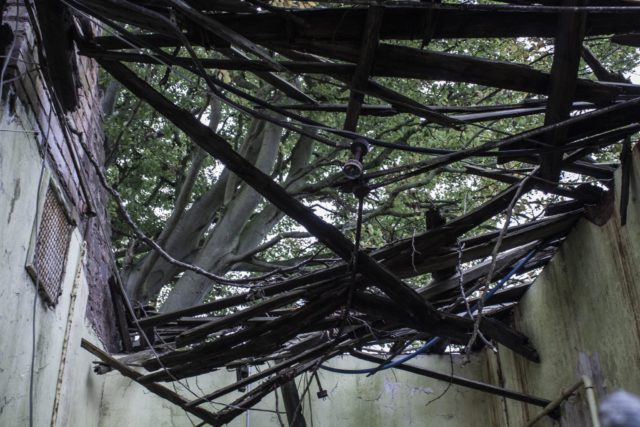
Visitors investigating the ruins, however, should exercise extreme caution because the wood is completely rotting, and access to portions of the site is restricted after numerous structures were removed whole or part to make room for the business park.
#14
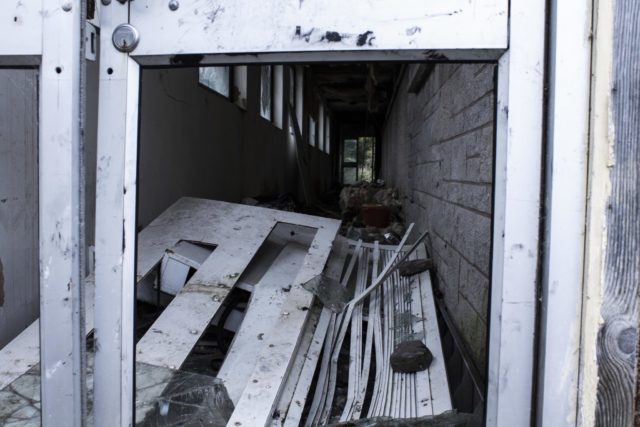
#15
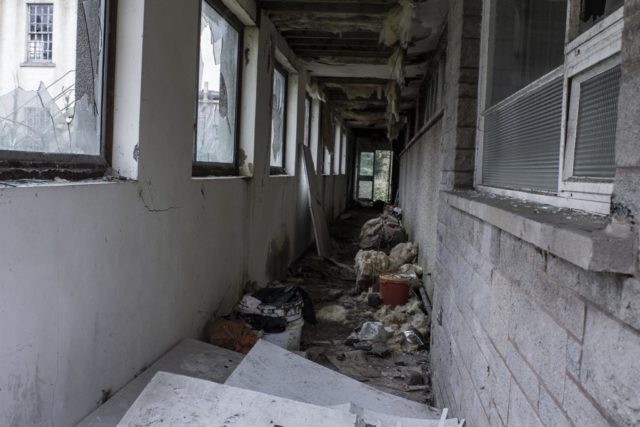
Olivia Shepherd, an amateur photographer who aims to transform her pastime into a professional vocation, took photos of the abandoned Mid Wales Hospital in Talgarth. Olivia is headquartered in both Shropshire and Gloucester in the United Kingdom.
She maintains a website where she displays her photographs, which primarily consist of landscape and documentary photography. She also has an Instagram account where she posts photos of situations she has caught.
#16
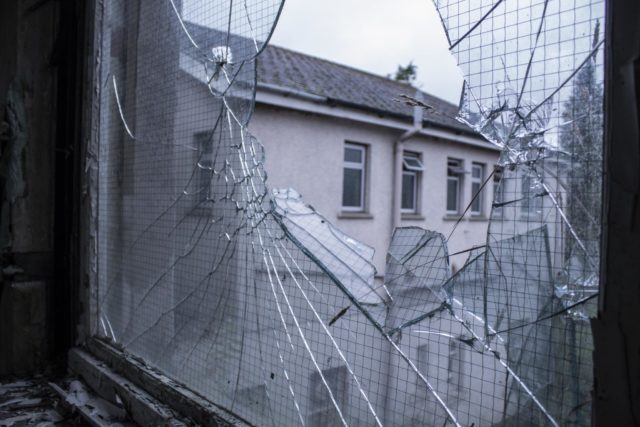
#17
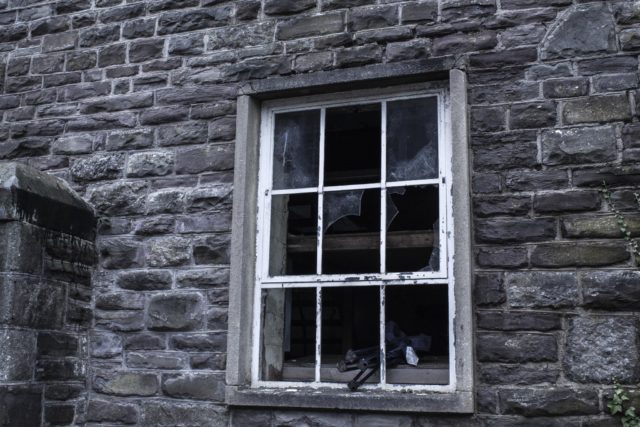
#18
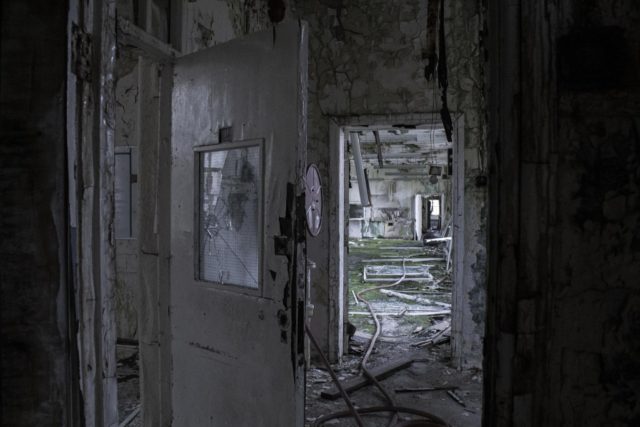
#19
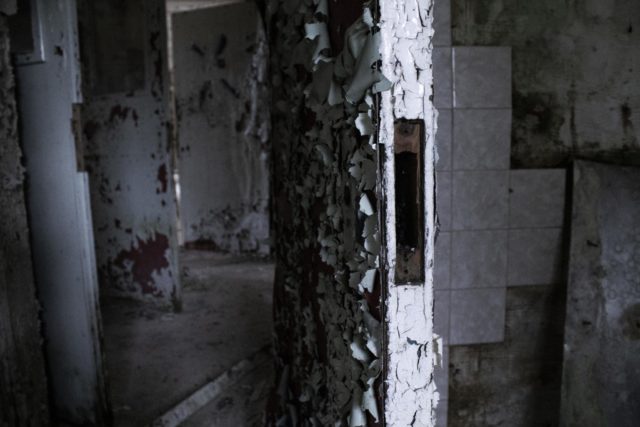
#20
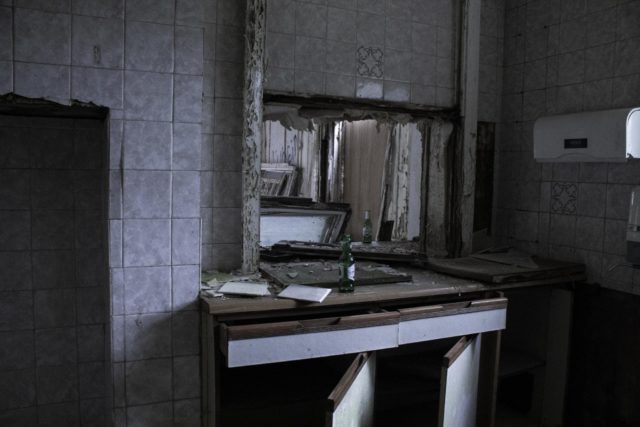
#21
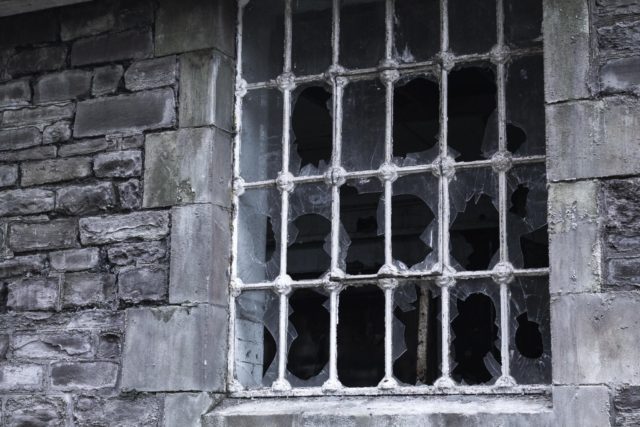
#22
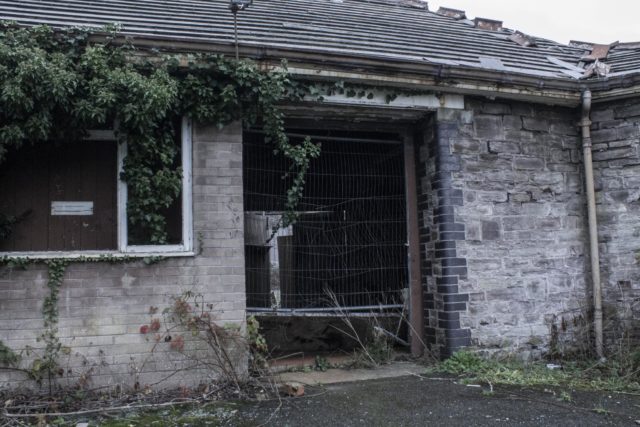
#23
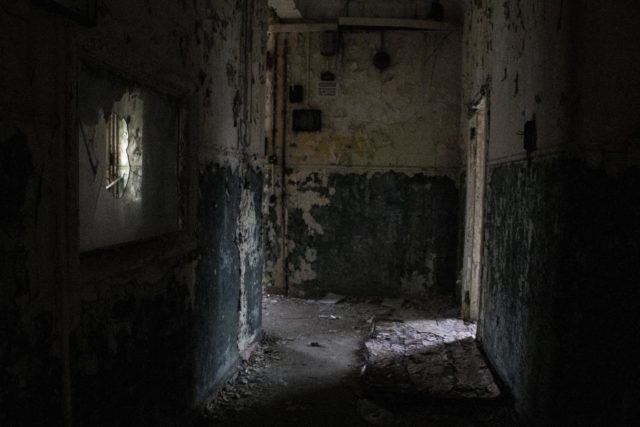
#24
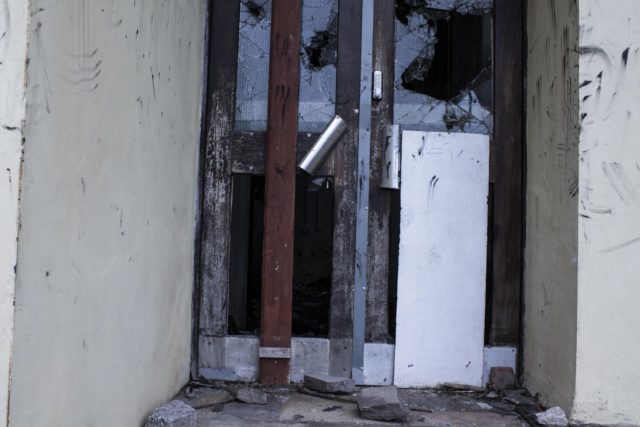
#25
